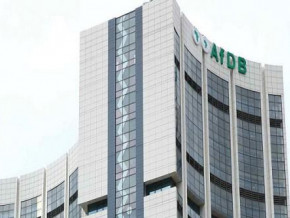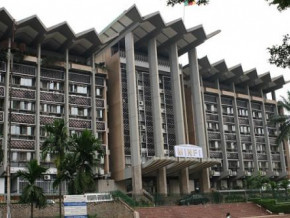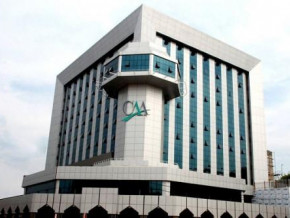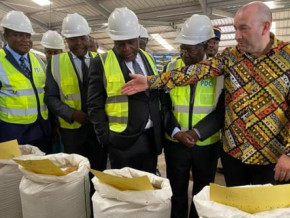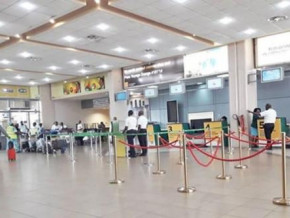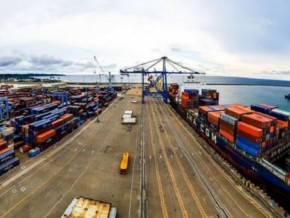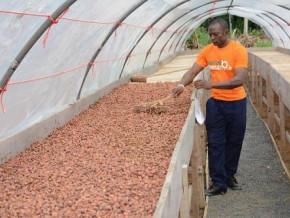
CEMAC: BEAC announces liquidity-absorbing operations to preserve monetary stability

(Business in Cameroon) - In the CEMAC region, the money market committee has decided to launch liquidity-absorbing operations. According to the Bank of Central African States, which reveals this in a recently-published release, the committee decided this during its ordinary session of February 2020.
This means that the BEAC will try to reduce liquidity in the banking system by notably selling public securities (it owns) or by issuing specific securities to commercial banks operating within the region.
According to the central bank, this operation is launched to “sterilize observed idle reserves and better contain risks to monetary stability.”
The IMF, which prompted the operation, estimates that the region’s banking system has an excess of liquidity. The Bretton Woods institution argues that “idle liquidity could easily lead to capital outflows if monetary policy transmission was not strengthened (interest rates on bank deposits reportedly remained broadly unchanged following the increase in the policy rate).” This could lead to a decrease of CEMAC’s foreign reserves and weaken the common currency (XAF).
The IMF even advised the liquidity-absorbing operation to be launched in H2, 2019. However, the BEAC opposed that recommendation arguing that this operation poses risks for the banking system. It thus chose a gradual approach that started in July 2019 with the acceleration of liquidity injections' downsizing. It also scheduled the end of liquidity injections for late 2019 and the launch of liquidity absorptions in February 2020.
The BEAC fears the liquidity absorption operation could hinder the development of the interbank market and further distress banks (systemic banks included). The central bank is also concerned that this operation could create operating losses for it.
In July 2019, foreign reserves increased by 38.7% year-over-year to XAF4,272.6 billion (from XAF3,080.6 billion in July 2018). At the same time, foreign exchange reserves represented 3 months of imports of non-factor goods and services, compared with 2.2 months in July 2018. The external coverage rate thus increased from 55.98% at the end of July 2018 to 66.21%. This rising dynamic could be broken with the slowdown in the global economy due to the Coronavirus epidemic and the decreasing price of crude oil.
Aboudi Ottou and Sylvain Andzongo
Mags frontpage
- Most read 7 days
- shared 1 month
- read 1 month



